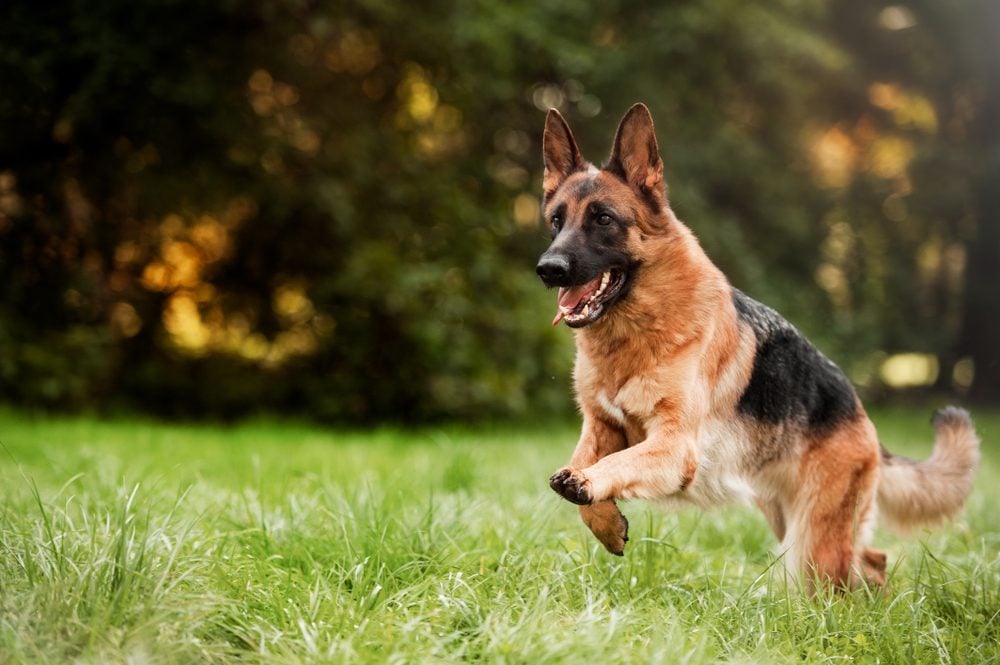Alright, let’s talk about this whole German Shepherd mixed with Lab thing. People hear those two breeds and they get stars in their eyes. They think, “Oh, perfect! The smarts and loyalty of a Shepherd, with that friendly, happy-go-lucky Lab vibe!” And sure, on paper, it sounds like a dream dog, doesn’t it?
My Actual Run-Ins and What I’ve Seen
Well, I’ve been around the block a few times, seen a fair few of these mixes – sometimes called Shepradors, or Labrashepherds, whatever cute name they come up with. And let me tell you, it’s not always the perfectly blended smoothie of dog traits you’re hoping for. It’s more like a grab bag. You stick your hand in, and you might get something amazing, or you might get… well, a surprise.

The thing with mixes, any mix really, is you’re rolling the dice. You don’t get to pick and choose the “best” bits from each breed. Genetics just doesn’t work like a build-your-own-bear workshop. I knew this one guy, Tom, who got a Sheprador puppy. He was so excited. He’d had Labs his whole life, loved their easy-going nature, but wanted a bit more of that Shepherd “watchfulness” as he put it. What he got was a dog with the boundless, chaotic energy of a Lab puppy that just never seemed to quit, coupled with the Shepherd’s tendency to be a bit wary of strangers and bark at every leaf that blew past the window. Not exactly the chill pub dog he envisioned.
What you often get:
- Energy for Days: Both German Shepherds and Labs are high-energy breeds. Mix them? You better have a big yard and a lot of time for walks, runs, and play. I’m talking serious energy. I saw one that could fetch a ball for three hours straight and still look at you like, “What’s next?”
- The Shedding Situation: Oh boy. Labs shed. German Shepherds shed. Put them together? You might as well invest in a good vacuum company. I’m talking tumbleweeds of fur, folks. All year round.
- Training Quirks: This is where it gets really interesting. You might get the Shepherd’s intelligence, which is great, but sometimes it comes with their stubborn streak. Or you get the Lab’s food motivation, but also their knack for selective hearing when something more interesting is happening. I watched a lady in the park trying to train her Sheprador. One minute it was laser-focused, nailing commands like a little canine genius. The next, a butterfly flew past, and it was like the dog had never heard the word “sit” in its entire life. Pure Lab distraction mode, but with a Shepherd’s intensity about that butterfly.
A Little Story Time
I remember this one particular dog, belonged to a friend of my cousin. Let’s call him “Chaos.” Sweetest dog you’d ever meet, truly. But he had the Shepherd’s herding instinct something fierce. He didn’t herd sheep, though. He herded the kids. Gently, mind you, but constantly. Nudging them with his nose, circling them in the yard. Then, if a delivery driver came to the door, the Lab side would kick in, and he’d be wiggling his whole body, desperate for pets, while simultaneously letting out these deep, protective Shepherd barks. It was like watching two different dogs in one body, switching channels every few minutes.
My cousin’s friend, Sarah, she’d joke that owning Chaos was like having a surprise party every day. You never knew which personality was going to be dominant. She loved him to bits, don’t get me wrong, but she also admitted she wasn’t quite prepared for the sheer… unpredictability of it all. She thought she did all her research, read all the articles about “the perfect family mix.” Turns out, real life is a bit messier than the internet makes it out to be. Kind of like when I tried to bake sourdough bread during that whole lockdown craze. Read all the guides, watched all the videos. My starter looked more like a science experiment gone wrong. Sometimes, no matter how much you prepare, the practical application throws you a curveball.
So, What’s the Deal?
Look, a German Shepherd mixed with a Lab can be an absolutely fantastic dog. I’ve seen some that are truly wonderful companions. But it’s not a guaranteed recipe. You’re not “ordering” a specific set of traits. You’re getting a unique individual, and that individual’s personality and needs might lean heavily one way, or be a real jumble of both parent breeds.
My main takeaway from observing these mixes is that you need to be prepared for anything. Be prepared for high energy, be prepared for a lot of training, be prepared for shedding, and most of all, be prepared for a dog that might surprise you. If you go in with open eyes and a willingness to adapt to the dog you get, rather than the dog you imagined, then you’re on the right track. It’s less about the specific cross and more about your commitment to understanding and working with the animal in front of you. That’s the real practice of it, I reckon.






